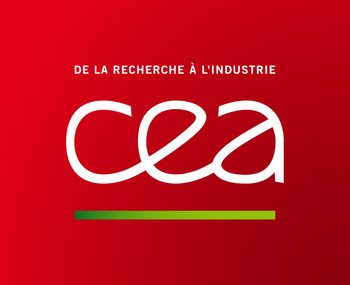CEA DSV

Life sciences have been studied at the CEA since its creation. The first research was already interested in the effects of radiation on living beings, the radiation protection of workers, and the use of radiotracers in scientific and medical imaging. Today, the life sciences at the CEA assemble approximately 2,300 scientists whose work is oriented around two areas: energy and health.
Within these two areas, teams from the Division of Life Sciences (DSV) combine excellence in fundamental research with technological developments to produce knowledge and innovation, and to create economic value. The DSV leads an active policy of developing its skills and results.
The DSV maintains strong academic partnerships at the national level, which structure the French research landscape. Its facilities are integrated into national infrastructures in biology and health, and which are open to the scientific community. The DSV builds relations and networks internationally, and actively participates in the construction of the European Research Area.
In order to maintain its level of excellence, the DSV relies on the results from evaluations carried out by two authorities of the CEA: the scientific council and the Visiting Committee (a committee of international experts). The CEA has asked the Evaluation Agency for Research and Higher Education (AERES), since its creation in 2006, to audit its units and that of the whole organization. AERES therefore evaluates all DSV institutes.
8 Institutes:
- I2BM: The Institute of Biomedical Imaging
- IBEB: Institute of Environmental Biology and Biotechnology
- IBITECS: Institute of Biology and Technology Saclay
- IBS: Institute of Structural Biology
- IG: Genomics Institute
- IMETI: Institute of Emerging Diseases and Innovative Therapies
- IRCM: Institute of Cellular and Molecular Radiobiology
- IRTSV: Institute of Life Sciences Research and Technologies